Home>Gardening & Outdoor>Outdoor Structures>How To Keep A Shed Dry
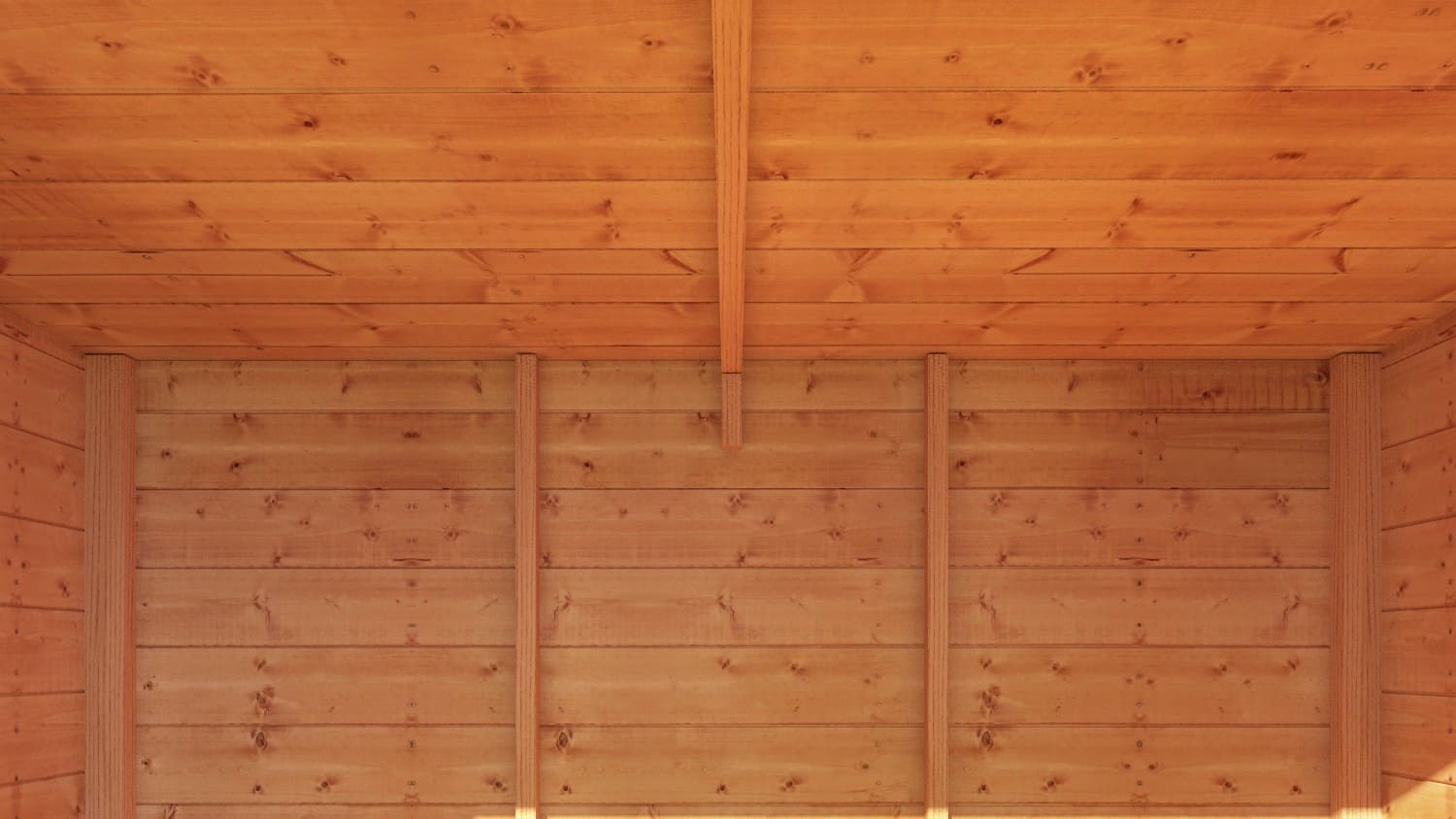

Outdoor Structures
How To Keep A Shed Dry
Published: January 19, 2024
Learn effective strategies for keeping your outdoor structures, such as sheds, dry and protected from the elements. Discover expert tips and maintenance techniques.
(Many of the links in this article redirect to a specific reviewed product. Your purchase of these products through affiliate links helps to generate commission for Storables.com, at no extra cost. Learn more)
Introduction
Welcome to the ultimate guide on how to keep a shed dry! Whether you use your shed for storage, as a workshop, or even as a cozy retreat, it's crucial to ensure that it remains dry and well-protected from the elements. A dry shed not only safeguards your belongings from moisture-related damage but also prolongs the life of the shed itself. In this comprehensive guide, we will delve into the essential steps to assess, waterproof, and maintain your shed, ensuring it remains a dry and reliable space for years to come.
A well-maintained shed not only enhances the functionality of your outdoor space but also adds value to your property. By understanding the key strategies for keeping your shed dry, you can enjoy peace of mind knowing that your stored items, equipment, and the shed's structure are safeguarded against the challenges posed by moisture, humidity, and inclement weather.
So, let's embark on this journey to discover the best practices for maintaining a dry shed. From assessing the current condition of your shed to implementing effective waterproofing techniques and ensuring proper ventilation, we will cover every aspect to empower you with the knowledge and confidence needed to preserve the integrity of your outdoor structure. Let's dive in and unlock the secrets to a dry and resilient shed!
Key Takeaways:
- Regularly assess your shed for leaks, drainage, and roof and wall issues to prevent moisture infiltration. Implement waterproofing, proper ventilation, and consistent maintenance to ensure a dry and resilient shed.
- By waterproofing the roof, sealing the walls, ensuring proper ventilation, and committing to regular maintenance, you can fortify your shed against moisture infiltration and environmental challenges.
Read more: How To Keep Your Basement Dry
Assessing the Shed
Before embarking on the journey to keep your shed dry, it’s crucial to conduct a thorough assessment of the current state of your outdoor structure. This initial step allows you to identify existing issues and determine the appropriate measures needed to prevent moisture infiltration. Here are the key aspects to consider when assessing your shed:
- Inspecting for Leaks: Begin by carefully examining the interior and exterior of the shed for any signs of water infiltration. Look for water stains, mold growth, or musty odors, as these are indicative of potential leaks or moisture problems.
- Evaluating Drainage: Assess the surrounding ground and the shed’s foundation to ensure that proper drainage is in place. Standing water near the shed can contribute to moisture issues, so it’s essential to address any drainage concerns.
- Checking the Roof: Inspect the roof for missing or damaged shingles, deteriorated roofing materials, or areas where water could potentially seep through. Addressing roof-related issues is paramount in preventing water intrusion.
- Examining the Walls and Flooring: Look for cracks, gaps, or deteriorating areas in the walls and flooring that could allow moisture to enter the shed. Pay close attention to areas where the walls meet the foundation, as these junctions are susceptible to water seepage.
By conducting a comprehensive assessment, you gain valuable insights into the specific vulnerabilities of your shed, enabling you to tailor your waterproofing efforts accordingly. Identifying and addressing potential sources of moisture infiltration is the foundation for maintaining a dry and resilient shed.
Waterproofing the Shed Roof
When it comes to keeping your shed dry, the roof plays a pivotal role in safeguarding the interior from moisture intrusion. Implementing effective waterproofing measures for the shed roof is essential for ensuring long-term protection against rain, snow, and other environmental elements. Here’s a comprehensive guide to waterproofing your shed roof:
- Repairing Damaged Areas: Start by inspecting the roof for any signs of damage, such as cracked shingles, deteriorated flashing, or compromised seals around vents and chimneys. Addressing these issues promptly is crucial to prevent water from seeping into the shed.
- Applying Roof Sealant: Utilize a high-quality roof sealant to coat the entire surface of the roof. Ensure that the sealant is specifically designed for the type of roofing material used on your shed, whether it’s asphalt shingles, metal panels, or corrugated sheets.
- Installing a Waterproof Membrane: For added protection, consider installing a waterproof membrane beneath the roofing material. This acts as an additional barrier against moisture and can significantly enhance the shed’s waterproofing capabilities.
- Inspecting and Clearing Gutters: Properly functioning gutters and downspouts are essential for directing rainwater away from the shed. Regularly inspect and clean the gutters to prevent clogs and ensure seamless water drainage.
- Trimming Overhanging Branches: Overhanging tree branches can deposit leaves, debris, and excess moisture onto the shed roof, leading to potential water damage. Trim back any branches that pose a risk of brushing against or depositing debris onto the roof.
By diligently waterproofing the shed roof and addressing any existing issues, you can fortify the shed against the detrimental effects of water infiltration. A well-maintained and properly waterproofed roof is a crucial component of a dry and resilient shed.
Sealing the Shed Walls
While the roof plays a significant role in protecting the shed from above, ensuring that the walls are effectively sealed is equally important in maintaining a dry interior. Sealing the shed walls is a critical step in preventing moisture intrusion and preserving the structural integrity of the entire shed. Here’s a comprehensive approach to sealing the walls of your shed:
- Identifying Wall Vulnerabilities: Begin by carefully examining the walls for any cracks, gaps, or areas where moisture could potentially seep through. Pay close attention to the junctions between the walls and the foundation, as these areas are particularly susceptible to water infiltration.
- Applying Exterior Sealant: Use a high-quality exterior sealant to fill in any cracks or gaps in the walls. Ensure that the sealant is designed for outdoor use and is compatible with the material of your shed’s walls, whether it’s wood, metal, vinyl, or another type of siding.
- Installing Siding or Cladding: If your shed has exposed or untreated walls, consider installing siding or cladding to provide an additional layer of protection against moisture. Choose durable and weather-resistant materials that can effectively shield the walls from rain and humidity.
- Addressing Foundation Issues: Inspect the area where the walls meet the foundation for any signs of water seepage or structural vulnerabilities. Repair any cracks or gaps in this junction to prevent water from entering the interior of the shed.
- Applying Interior Waterproofing: For added protection, consider applying a waterproofing solution to the interior walls of the shed. This extra layer of defense can help mitigate the impact of moisture and humidity on the interior environment.
By meticulously sealing the shed walls and addressing any potential points of entry for moisture, you can create a robust barrier against water infiltration. A well-sealed shed not only remains dry and resilient but also sustains its structural integrity over time.
Make sure the shed is properly elevated to prevent water from pooling underneath. Use a waterproof sealant on the exterior and regularly check for any leaks or damage to the roof and walls.
Proper Ventilation
Effective ventilation is a crucial element in maintaining a dry and healthy environment within your shed. Proper airflow helps prevent the buildup of excess moisture, which can lead to mold growth, musty odors, and potential damage to stored items. Implementing adequate ventilation measures ensures that the interior of the shed remains dry and well-protected. Here’s a comprehensive guide to achieving proper ventilation for your shed:
- Installing Vents: Consider installing vents in the walls or roof of the shed to facilitate air circulation. Vents allow fresh air to enter the shed while enabling moist air to escape, helping to regulate humidity levels and prevent condensation.
- Utilizing Ridge Vents or Soffit Vents: Ridge vents installed along the peak of the roof and soffit vents positioned under the eaves create a passive ventilation system that promotes air movement. This setup helps prevent moisture buildup in the attic or upper areas of the shed.
- Using Exhaust Fans: In sheds used for activities that generate excess moisture, such as woodworking or potting plants, installing exhaust fans can effectively remove humid air and maintain a dry interior environment.
- Clearing Obstructions: Ensure that vents and airflow openings are not obstructed by debris, overgrown vegetation, or stored items. Unobstructed vents allow for optimal air exchange and prevent stagnant, moisture-laden air from accumulating within the shed.
- Monitoring Humidity Levels: Regularly monitor the humidity levels inside the shed, especially during periods of high moisture content in the air. Using a hygrometer can help you gauge the effectiveness of the ventilation system and identify any potential issues with excess humidity.
By prioritizing proper ventilation, you can create a conducive environment within the shed, mitigating the risk of moisture-related problems and preserving the condition of the shed’s interior and contents. Adequate airflow is a key factor in maintaining a dry and functional shed space.
Read more: How To Keep Patio Cushions Dry
Regular Maintenance
Maintaining a dry shed is an ongoing commitment that requires regular attention and care. By implementing a proactive maintenance routine, you can safeguard your shed against moisture infiltration and ensure its long-term durability. Consistent upkeep not only preserves the structural integrity of the shed but also protects the items stored within. Here are essential maintenance practices to keep your shed dry:
- Inspecting for Damage: Regularly inspect the roof, walls, and foundation for any signs of damage, wear, or potential entry points for moisture. Addressing issues promptly prevents small problems from escalating into major concerns.
- Clearing Debris: Keep the area around the shed free of leaves, branches, and debris that can accumulate and trap moisture against the walls or roof. Ensure that gutters and downspouts remain clear to facilitate proper water drainage.
- Reapplying Sealants: Periodically check and reapply exterior sealants on the walls and roof to maintain their effectiveness in preventing water infiltration. Over time, sealants may degrade, so regular maintenance ensures continued protection.
- Monitoring Interior Conditions: Regularly assess the interior of the shed for any signs of moisture, mold, or musty odors. Addressing these issues early helps prevent potential damage to stored items and maintains a healthy environment.
- Checking Ventilation: Ensure that vents are unobstructed and functioning properly to promote adequate airflow and prevent the buildup of excess moisture within the shed.
- Addressing Drainage Concerns: Periodically evaluate the shed’s surroundings for any changes in drainage patterns or the appearance of standing water. Addressing drainage issues promptly helps prevent water from accumulating near the shed.
By incorporating regular maintenance into your shed care routine, you can proactively address potential vulnerabilities and preserve a dry, well-protected space. Consistent upkeep is the key to ensuring that your shed remains resilient against the challenges posed by moisture and environmental factors.
Conclusion
Congratulations on completing this comprehensive guide on how to keep a shed dry! By understanding the importance of assessing, waterproofing, and maintaining your shed, you’ve gained valuable insights into the essential practices for preserving a dry and resilient outdoor structure. A well-maintained and dry shed not only protects your belongings and equipment but also enhances the functionality and longevity of the space.
Remember, regular assessment is the foundation for identifying and addressing potential vulnerabilities in your shed. Whether it’s inspecting for leaks, evaluating drainage, or checking the roof and walls, a thorough assessment sets the stage for effective waterproofing and maintenance efforts. By implementing the strategies outlined in this guide, such as waterproofing the roof, sealing the walls, ensuring proper ventilation, and committing to regular maintenance, you can fortify your shed against moisture infiltration and environmental challenges.
As you embark on the journey of maintaining a dry shed, keep in mind that proactive care and attention to detail are key. By staying vigilant and addressing any issues promptly, you can ensure that your shed remains a reliable and dry space for storage, hobbies, or relaxation. Whether it’s applying sealants, installing vents, or clearing debris, each maintenance task contributes to the overall protection and longevity of your shed.
With the knowledge and strategies acquired from this guide, you are well-equipped to uphold the integrity of your shed and create a dry, resilient environment that meets your specific needs. By incorporating these practices into your shed care routine, you can enjoy the peace of mind that comes with a well-protected and dry outdoor structure. Here’s to a dry, functional, and enduring shed that continues to serve you well for years to come!
Frequently Asked Questions about How To Keep A Shed Dry
Was this page helpful?
At Storables.com, we guarantee accurate and reliable information. Our content, validated by Expert Board Contributors, is crafted following stringent Editorial Policies. We're committed to providing you with well-researched, expert-backed insights for all your informational needs.
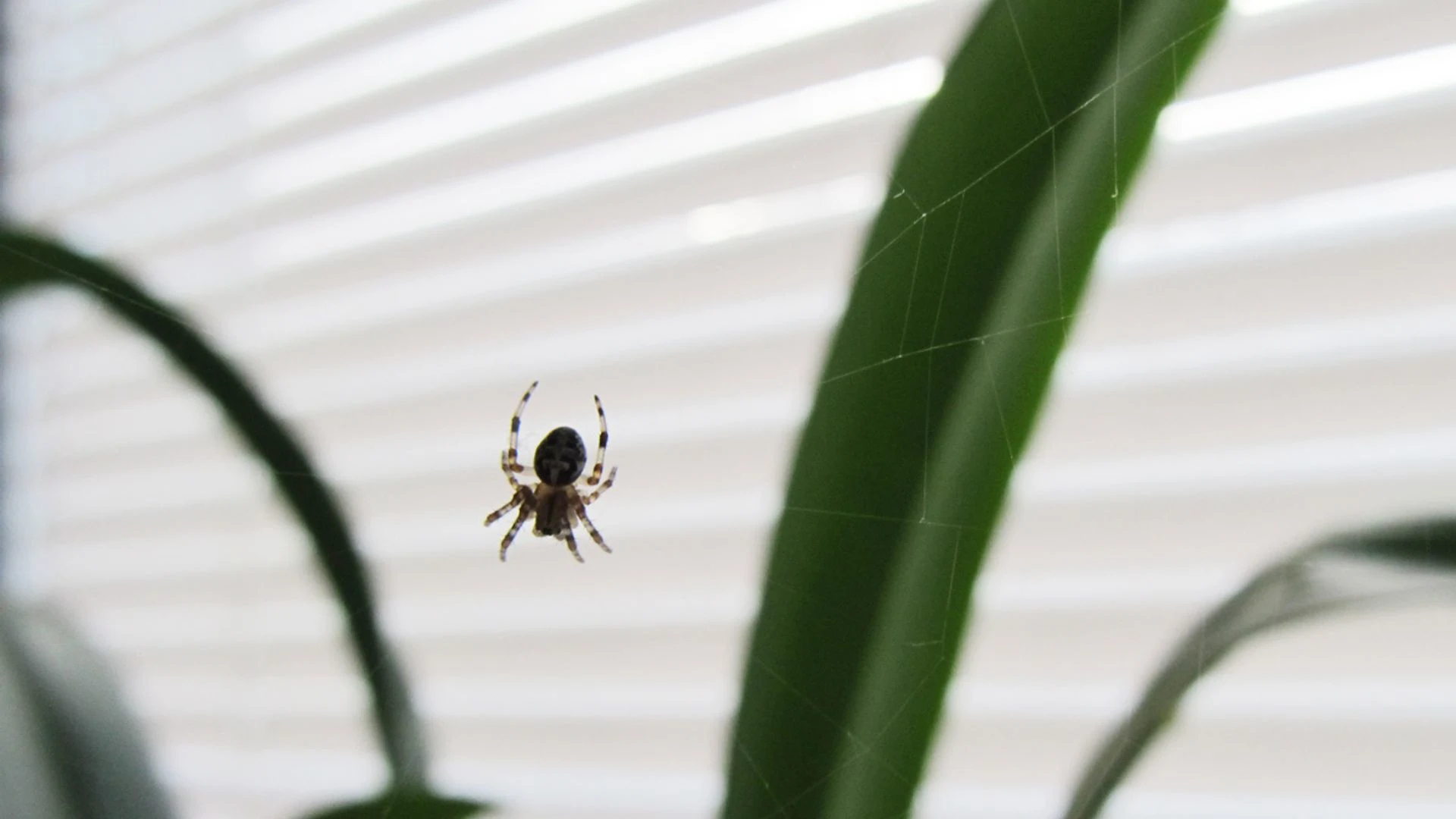
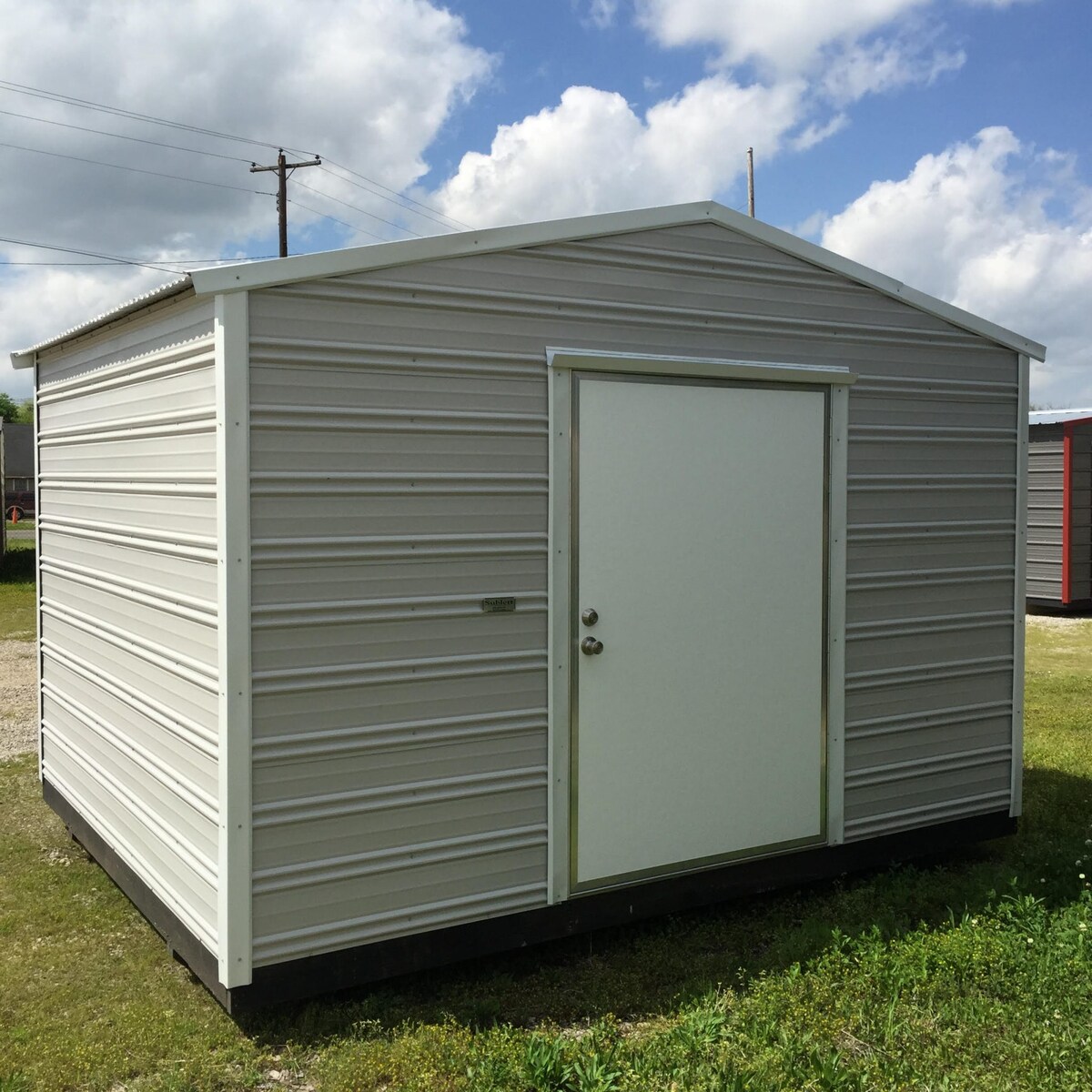
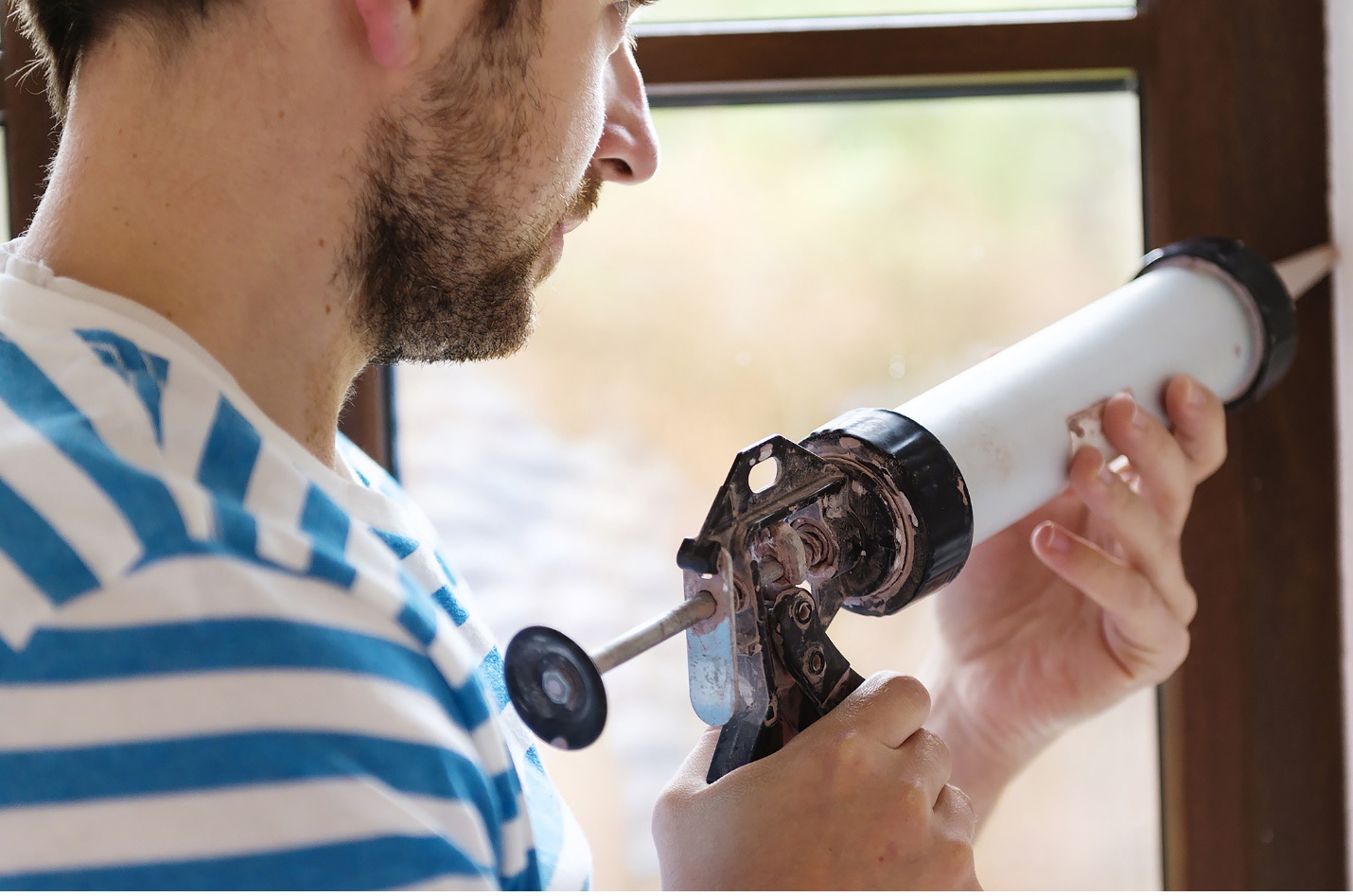
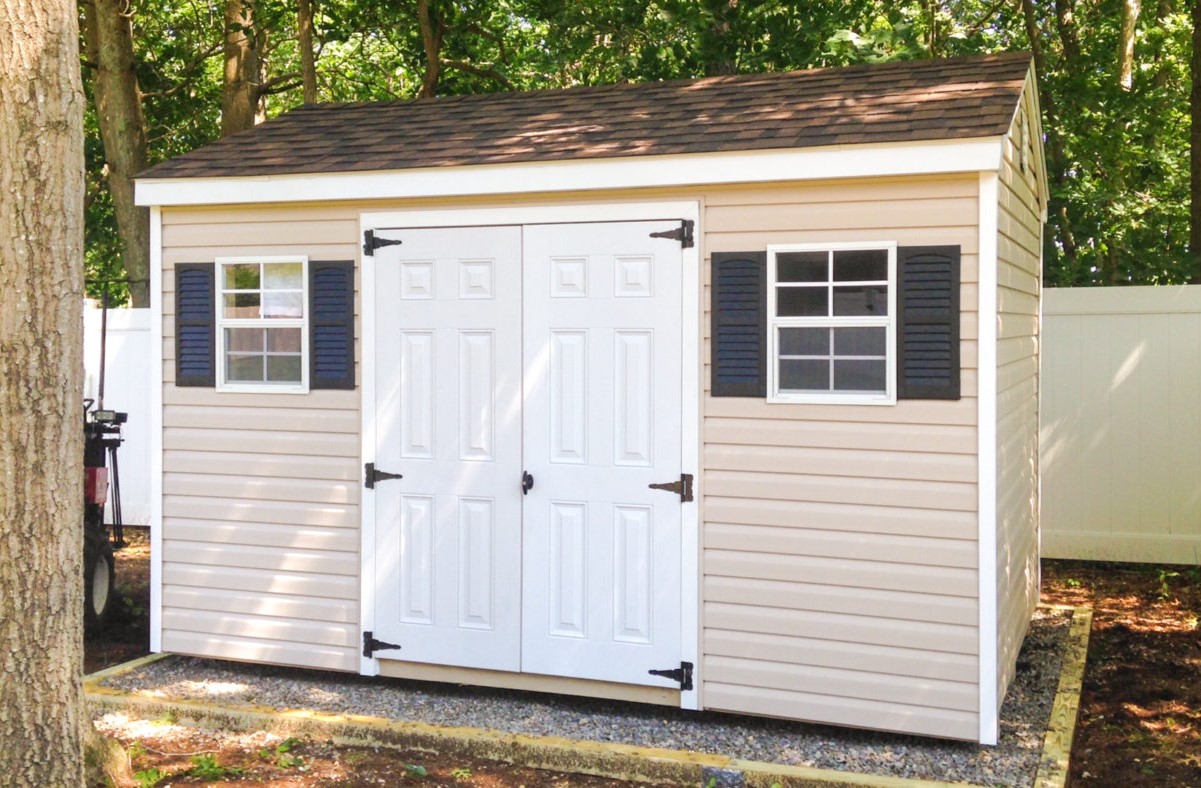

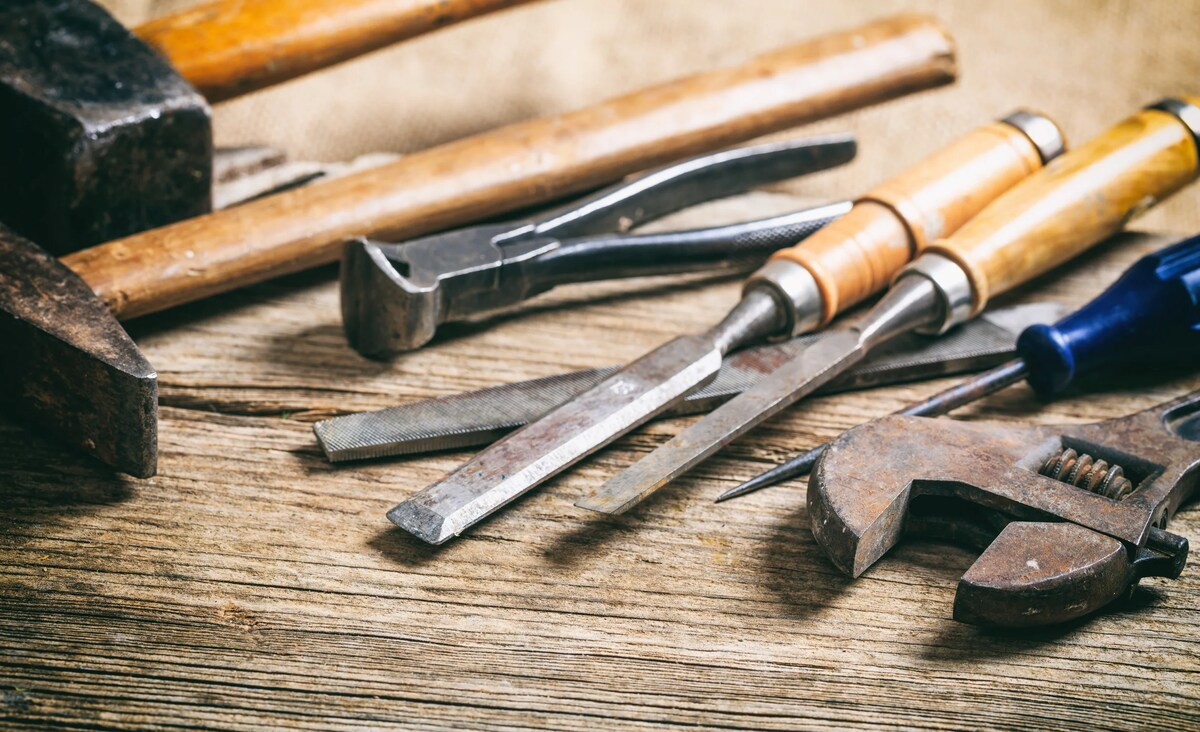



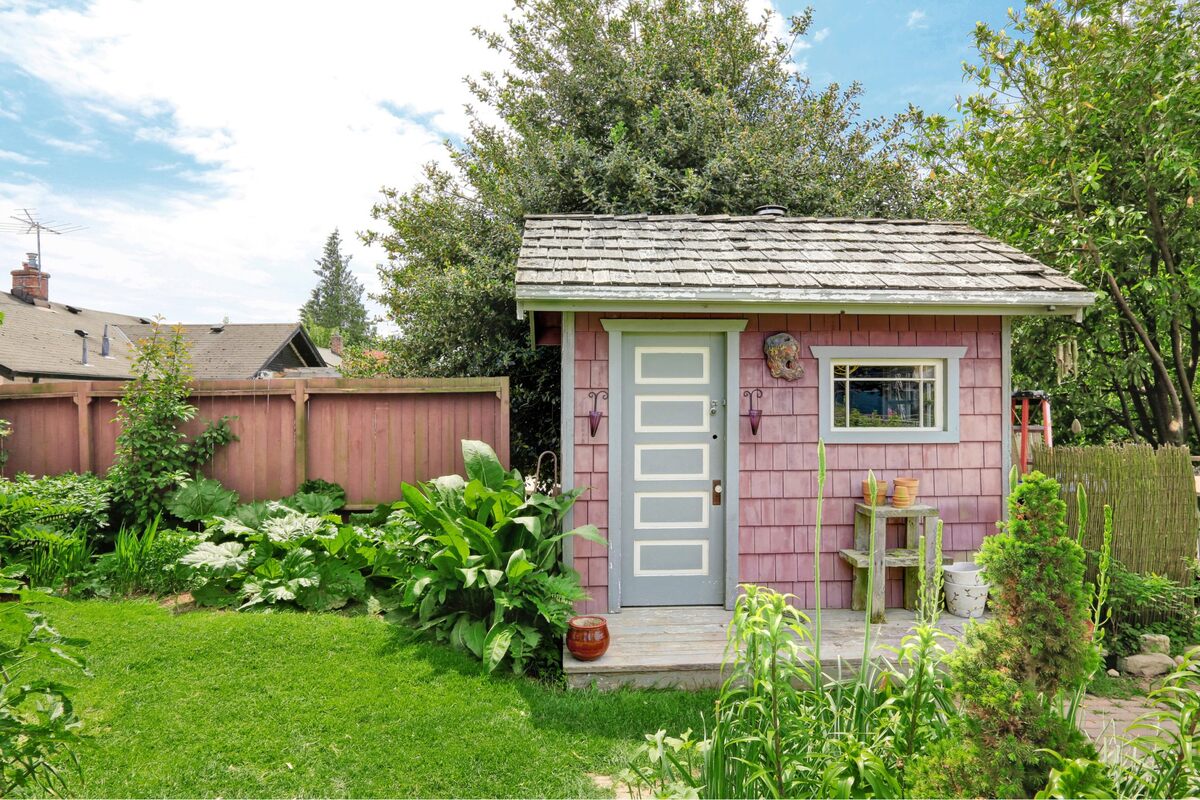
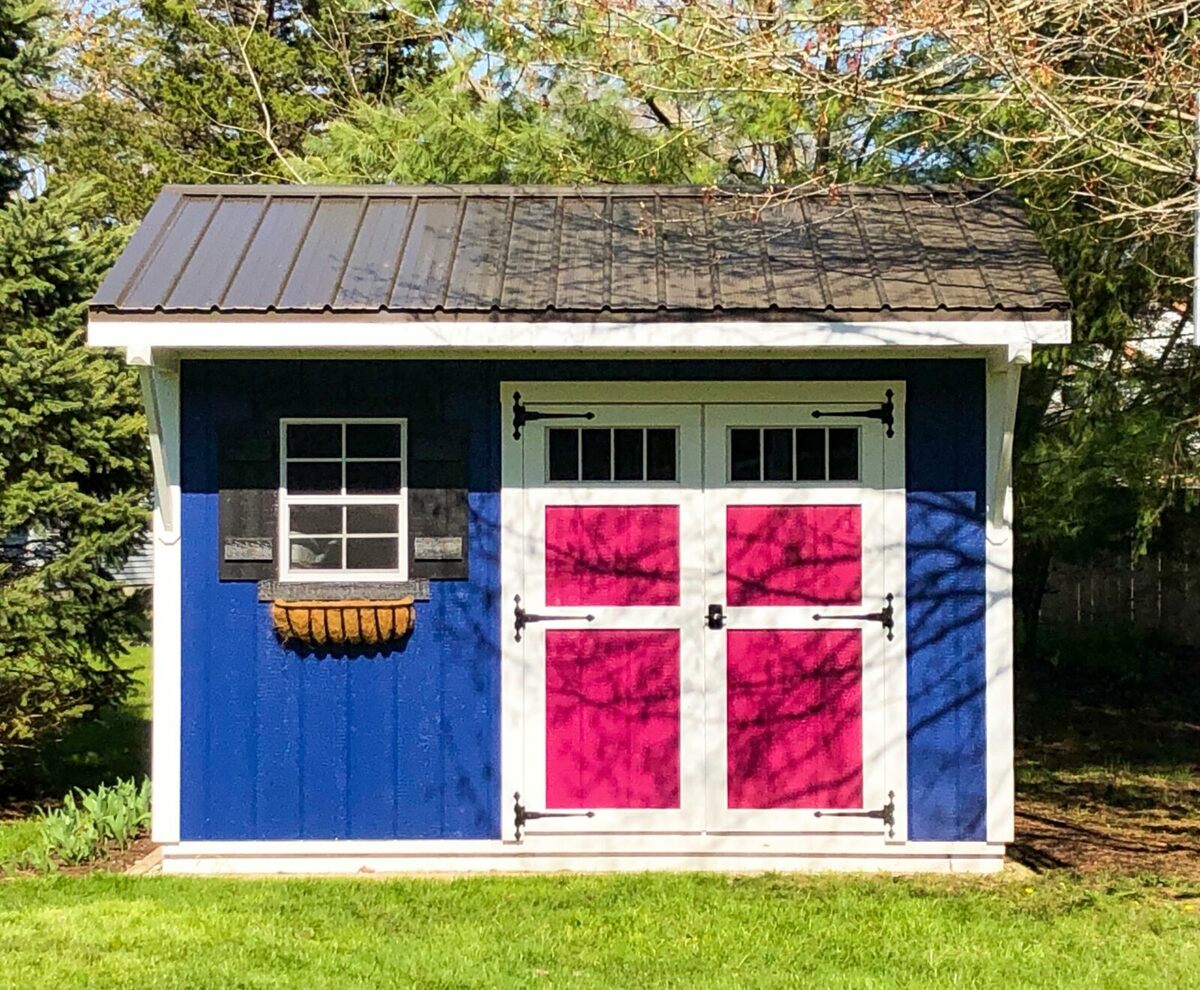
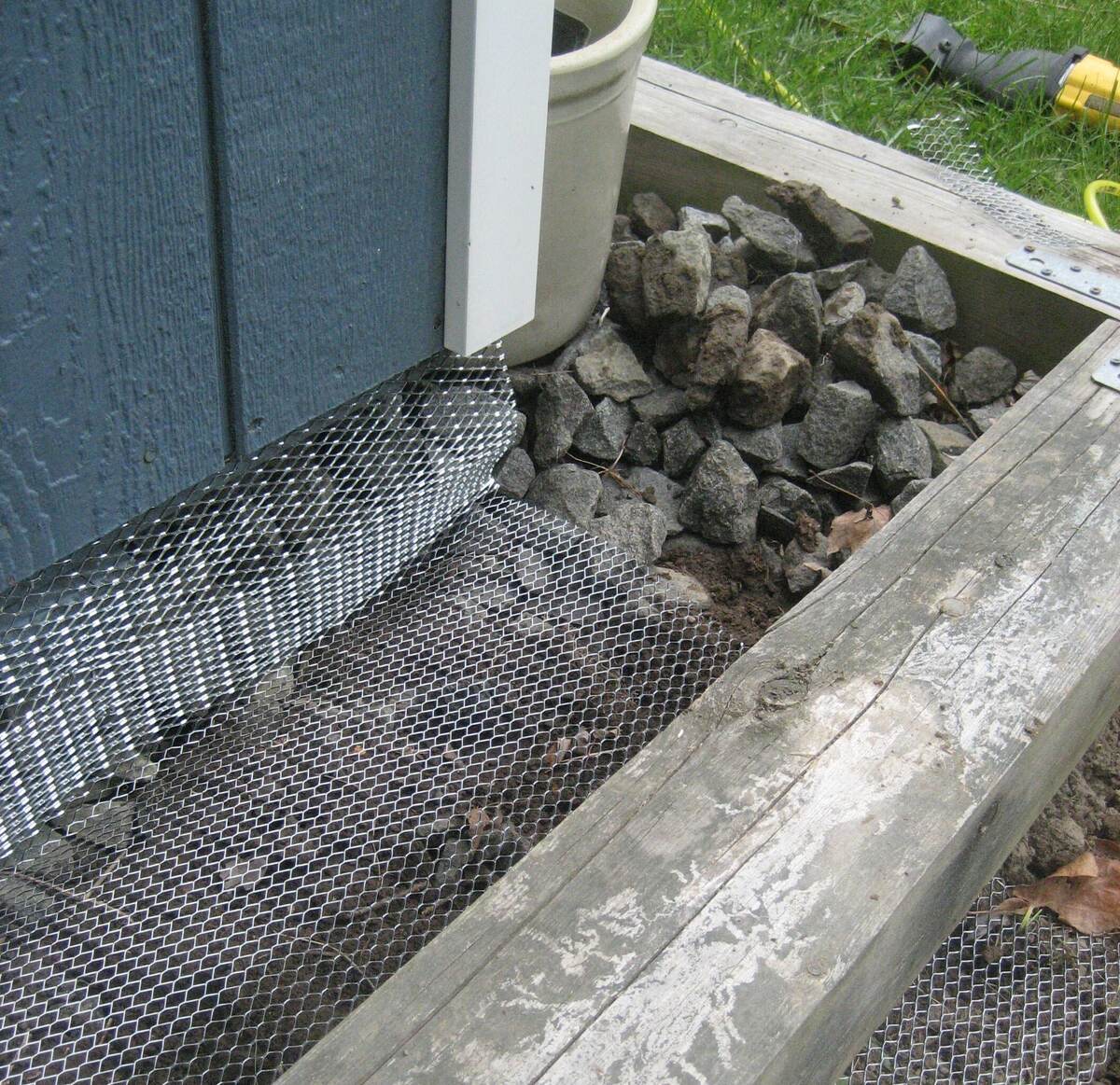
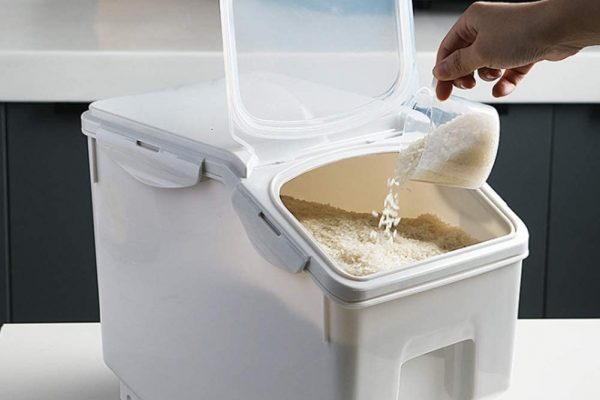


0 thoughts on “How To Keep A Shed Dry”